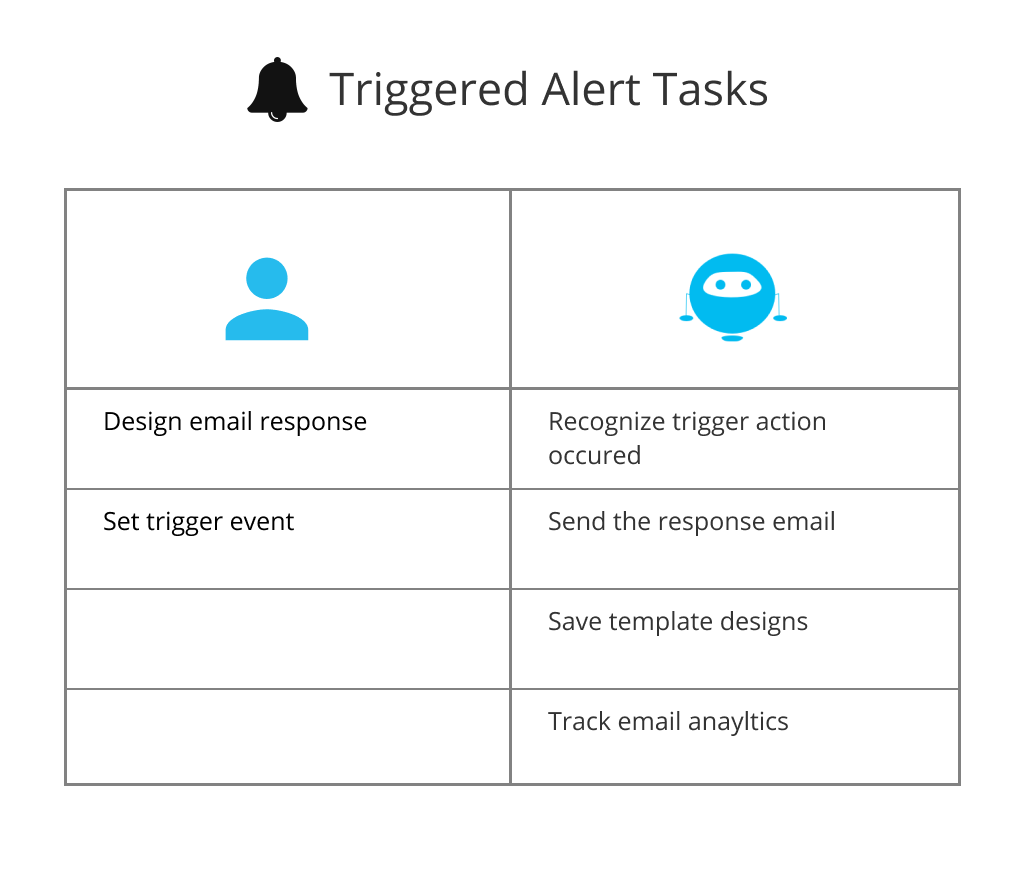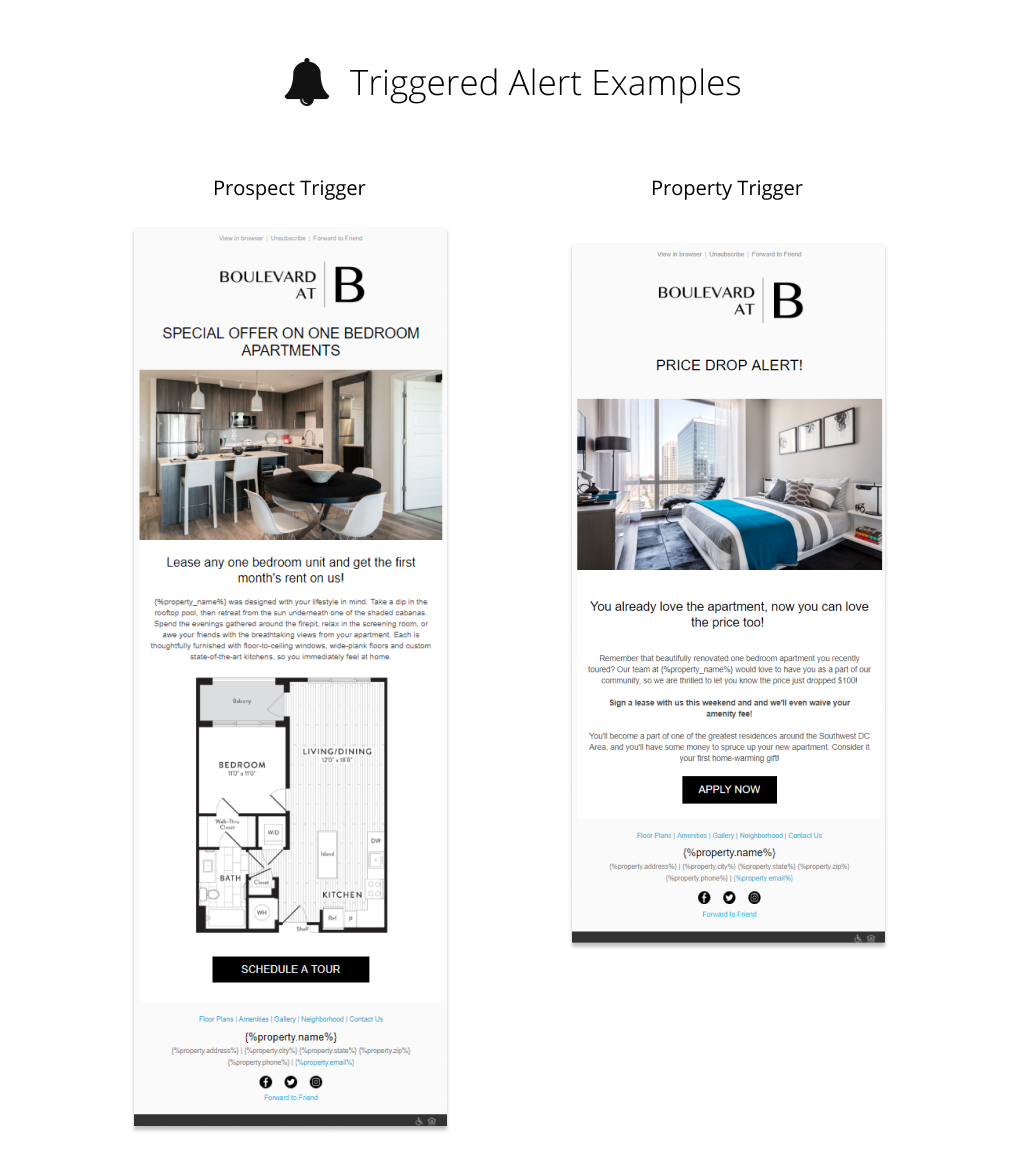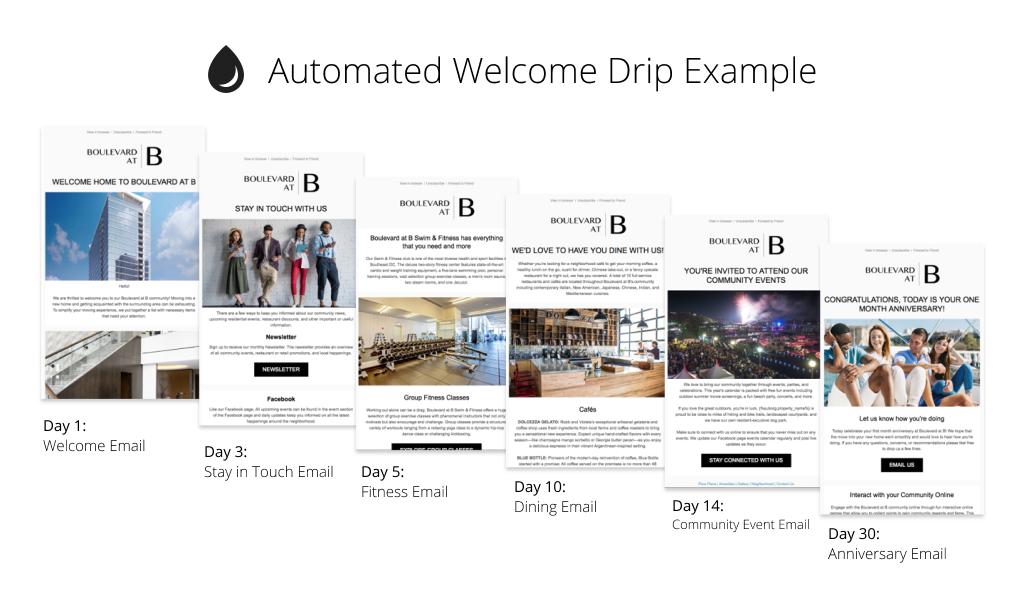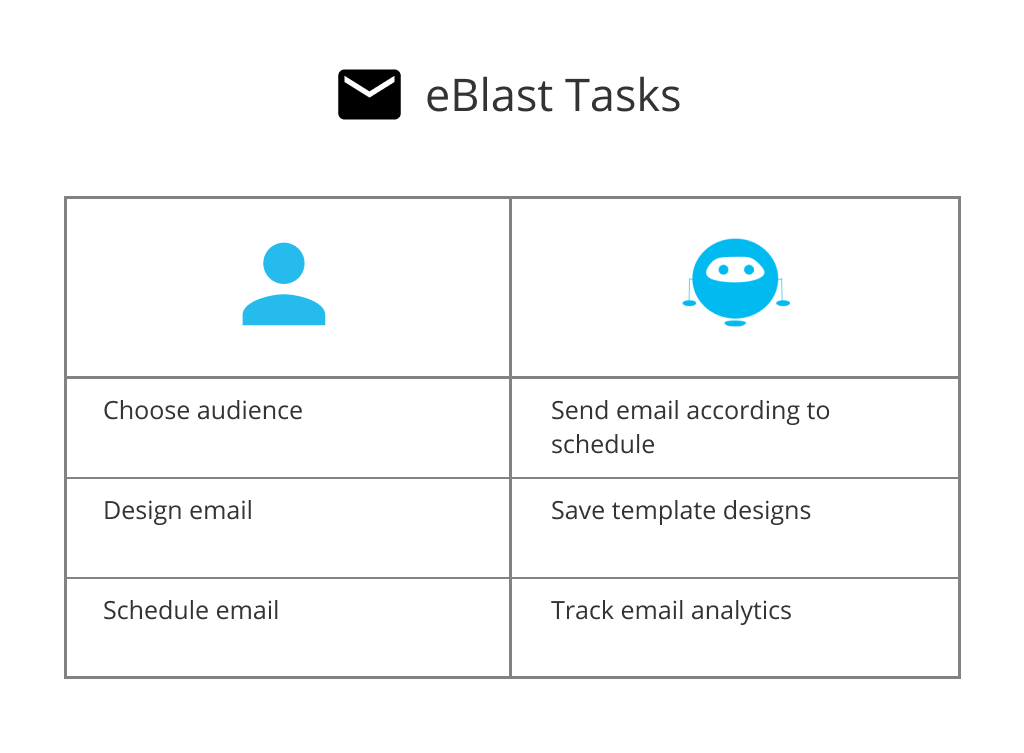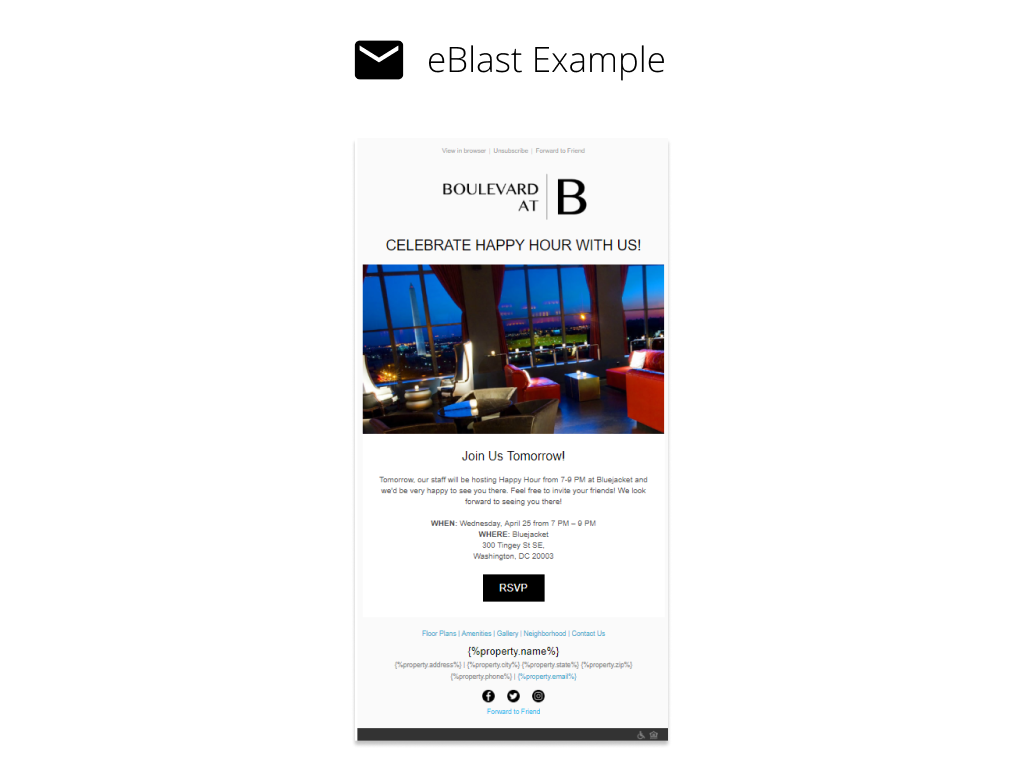What is Lifecycle Programming?

Lifecycle Programming is a way to automate customer lifecycle marketing for Multifamily.
It combines customer lifecycle marketing efforts from employees and the digital workforce to build stronger customer relationships.
How Does it Work?
Using a series of plays, Lifecycle Programming provides targeted content to customers. The customer’s stage in the lifecycle determines the play used.
Each play is a collection of email topics to send to customers in a particular stage of the lifecycle. A play contains a mix of automated drips, triggered alerts and eBlasts.All together, these emails work to move customers from one stage to the next.
Plus, they are faster and easier than traditional email marketing campaigns!
Automation is the key to making Customer Lifecycle Marketing for Multifamily work. Each of the email types used in a play involves some degree of automation. Let’s learn a little more.Triggered Alert
Triggered alerts have the highest level of automation. These emails rely on ambient intelligence to sense and respond to an event. Trigger events can be a result of a property’s action or prospect’s action.
Property triggers result from property management company actions. These can vary from price changes to policy changes.
Prospect triggers are a result of actions taken by the prospect. Events like submitting an application or clicking through an email are prospect triggers.
Take a look at the chart below. It makes it easy to see how little agent effort is required.
For example, a prospect may only click through emails featuring one bedroom apartments. The system uses that information to infer the prospect is looking for a one bedroom apartment. All the agent needs to do is program the system to send the response email once the prospect clicks a particular floor plan.Automated Drip
An automated drip is a sequence of emails that are automatically sent in a staggered manner. Drips provide customers with relevant information without overwhelming them. All automated drip emails work together to accomplish a strategic goal using minimal agent effort.
Let’s compare how much an employee has to do for an automated drip compared to the digital workforce.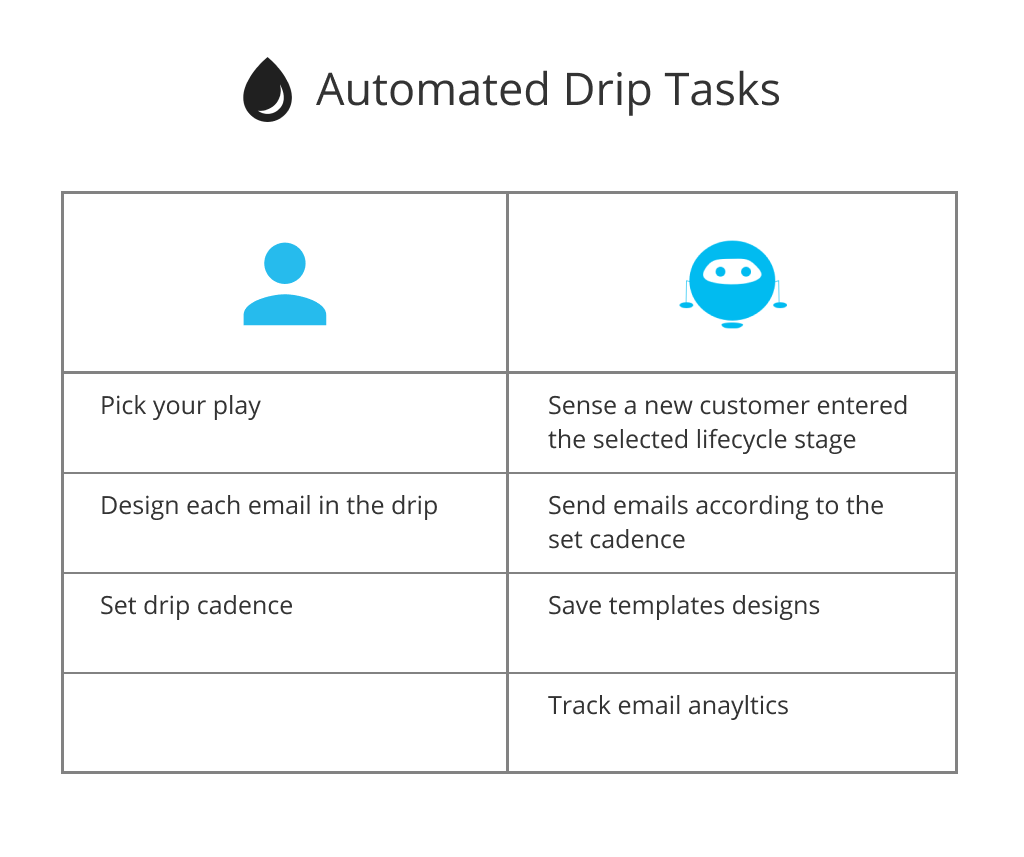
eBlast
eBlasts are emails that you send one time only to a large audience. Since each of these emails are unique, there is not a way to program the system to design them. Plus, there is no need to program a sending schedule since they are only sent once. These emails need the most employee effort.Now what?
Lifecycle Programming provides a variety of automation levels. It makes it easy to keep track of a CLM campaign for Multifamily!
Now, you need to pick where to start automating your customer lifecycle marketing.
Tune in next Thursday! We will be discussing how Lifecycle Programming can increase resident retention while decreasing employee effort!
Want a refresher on all of the plays? Here’s the Ultimate Guide to Lifecycle Programming.
Your Turn. We want to know what play excites you the most and what about Lifecycle Programming scares you the most. Comment below!


